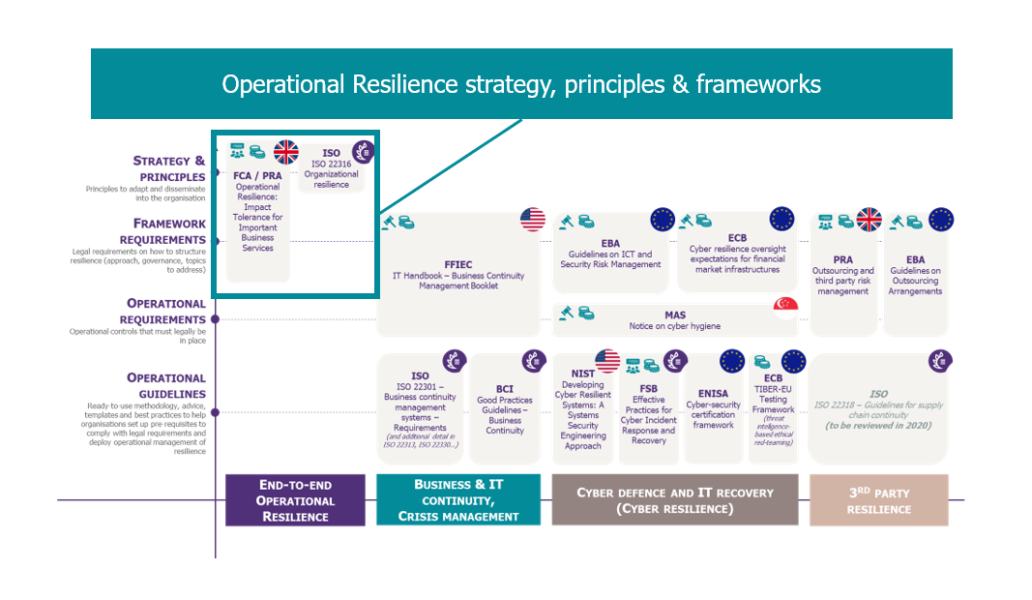
Introduction: The Imperative of Business Resilience Strategies
In an ever-evolving business landscape, resilience has become a crucial factor for sustainability and success. This article explores the significance of business resilience strategies and how organizations can proactively navigate challenges, ensuring their ability not only to survive but thrive in the face of adversity.
Understanding Business Resilience: Beyond Survival Mode
Business resilience goes beyond mere survival; it involves a proactive and adaptive approach to challenges. Instead of merely bouncing back from disruptions, resilient businesses anticipate, prepare for, respond to, and adapt swiftly to changes. Understanding this broader concept is the first step towards building a robust and enduring organizational framework.
Risk Assessment and Mitigation: Identifying Potential Threats
An integral component of business resilience is a comprehensive risk assessment. Organizations need to identify potential threats, both internal and external, that could impact their operations. This includes economic downturns, supply chain disruptions, cybersecurity threats, and unforeseen events. By recognizing these risks, businesses can develop effective mitigation strategies.
Diversification Strategies: Building a Robust Portfolio
Diversification is a key element in enhancing business resilience. This applies not only to product or service offerings but also to customer segments, geographic markets, and supply chains. A diversified portfolio helps businesses weather uncertainties in specific sectors or markets, reducing vulnerability to shocks in any single area.
Agile Leadership: Navigating Uncertainties with Flexibility
In times of crisis, agile leadership becomes a linchpin for business resilience. Leaders need to foster a culture of adaptability, encourage innovation, and make decisions swiftly. A flexible leadership approach enables organizations to pivot when necessary and navigate uncertainties with resilience and confidence.
Investing in Technology: The Role of Digital Transformation
Digital transformation is a potent tool for building business resilience. Embracing technology not only improves operational efficiency but also equips organizations to adapt quickly to changing circumstances. Cloud computing, data analytics, and automation are among the technological foundations that enhance organizational agility and resilience.
Employee Well-being: The Heart of Resilient Organizations
A resilient organization prioritizes the well-being of its employees. Employee morale, mental health, and a sense of belonging contribute to a resilient workforce. By fostering a supportive workplace culture, providing resources for mental health, and ensuring transparent communication, businesses can enhance employee resilience and, in turn, the overall organizational resilience.
Supply Chain Optimization: Building End-to-End Resilience
The COVID-19 pandemic highlighted the vulnerabilities in global supply chains. Business resilience strategies involve optimizing supply chains for efficiency and resilience. This may include diversifying suppliers, leveraging technology for real-time tracking, and developing contingency plans to address disruptions swiftly and minimize their impact.
Financial Preparedness: Building a Cushion for Uncertain Times
Financial resilience is a cornerstone of overall business resilience. Organizations need to maintain a healthy cash flow, strategically manage debt, and have contingency funds in place. This financial preparedness provides a cushion during economic downturns or unexpected disruptions, allowing businesses to weather storms with greater stability.
Collaborative Ecosystems: Strength in Unity
Building resilience goes beyond individual organizations. Collaborative ecosystems and partnerships contribute to collective resilience. Sharing resources, information, and best practices within industry networks or alliances can create a support system that benefits all members. Collaboration enhances the ability of businesses to navigate challenges collectively.
Conclusion: Building a Future-Ready Business
In conclusion, business resilience strategies are not just about surviving the current moment but building a future-ready organization. By understanding the multifaceted nature of resilience, from risk assessment to employee well-being and collaborative ecosystems, businesses can proactively shape their destiny in a rapidly changing world. Embracing these strategies positions organizations not only to endure challenges but to emerge stronger and more adaptable than ever before.
For comprehensive insights and solutions on Business Resilience Strategies, explore our offerings here.










